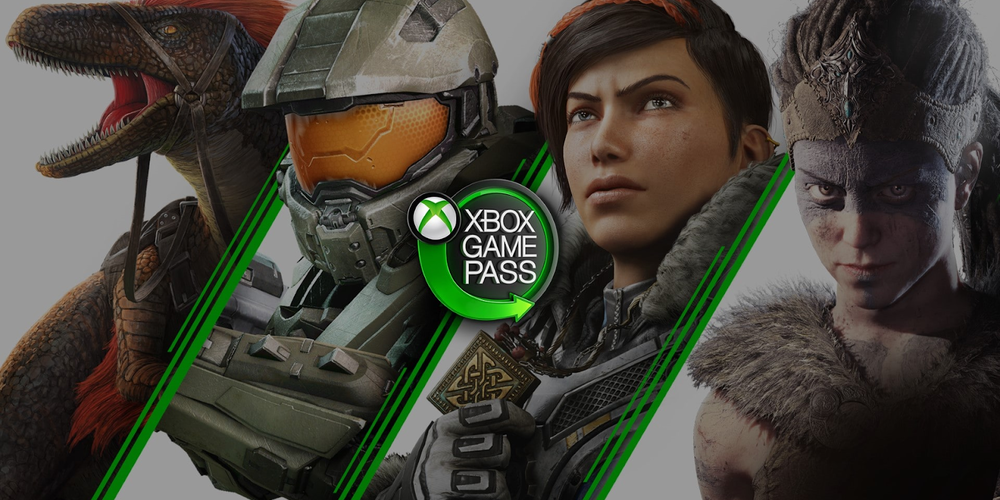Microsoft Windows 11 Welcomes Game Pass Ads: A New Era for In-OS Marketing
May-12-2024

Microsoft is preparing to launch an innovative campaign for its well-regarded Game Pass service, embedding advertisements directly within the settings of Windows 11. This approach signifies a pivotal transformation in the company's marketing strategies, using the operating system as a pivotal channel to boost its Game Pass offerings. As the gaming sector progresses, Microsoft's method of integrating promotions for its subscription service into Windows 11 could set a new standard.
The latest update in the Dev channel, version 26120.470 (KB5037864), is where this new form of advertisement makes its debut. Specifically designed to appear on the settings homepage, this ad targets users who actively engage with gaming on their PCs. Microsoft's approach is nuanced, aiming to present the Game Pass promotion only to those who might find it most relevant – gamers using the Home or Pro editions of Windows 11 and logged into their Microsoft accounts.
This move is not just about pushing Game Pass subscriptions. It represents a broader shift towards integrating marketing directly into the operating system's fabric. While some may view this as an intrusion, it's clear Microsoft is treading carefully, limiting the advertisement's visibility to ensure it reaches a relevant audience. The focus on active PC gamers suggests a targeted approach designed to enhance, rather than detract from, the user experience.
However, the introduction of ads into Windows 11 does raise questions about the future of OS-based promotions. Will users see more advertisements for Microsoft services integrated into their daily computing experience? And if so, how will Microsoft balance this with the need to maintain a positive user experience? These are questions that will likely shape the future of Windows 11 and its relationship with its user base.
As Microsoft leads the way in operating system marketing strategies through its Game Pass campaign, the impact on consumers and the wider tech sector could be profound. This approach may create novel paths for advertising within software ecosystems, as long as it navigates user experience sensitivities adeptly. Whether this initiative will result in an increase in in-OS advertising or provoke user discontent is yet to be determined. However, it's evident that Microsoft is open to experimenting with innovative intersections of marketing and technology.








